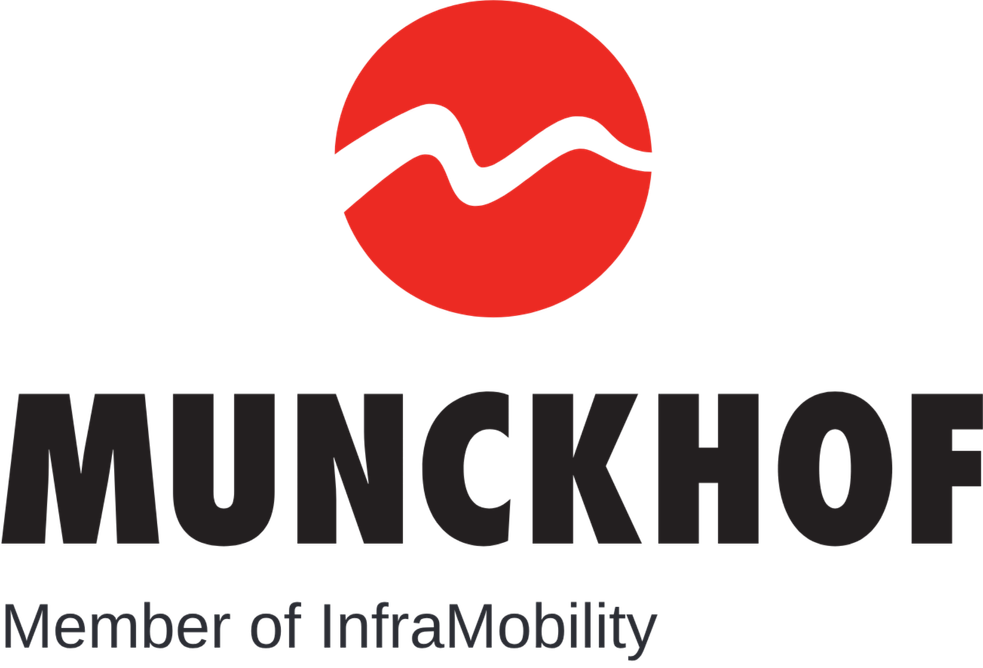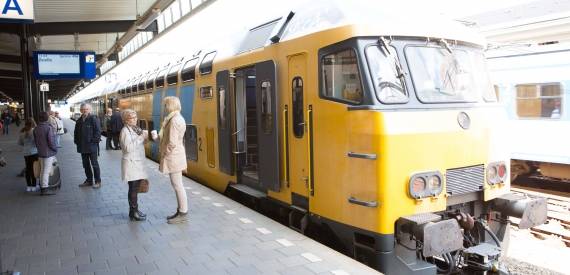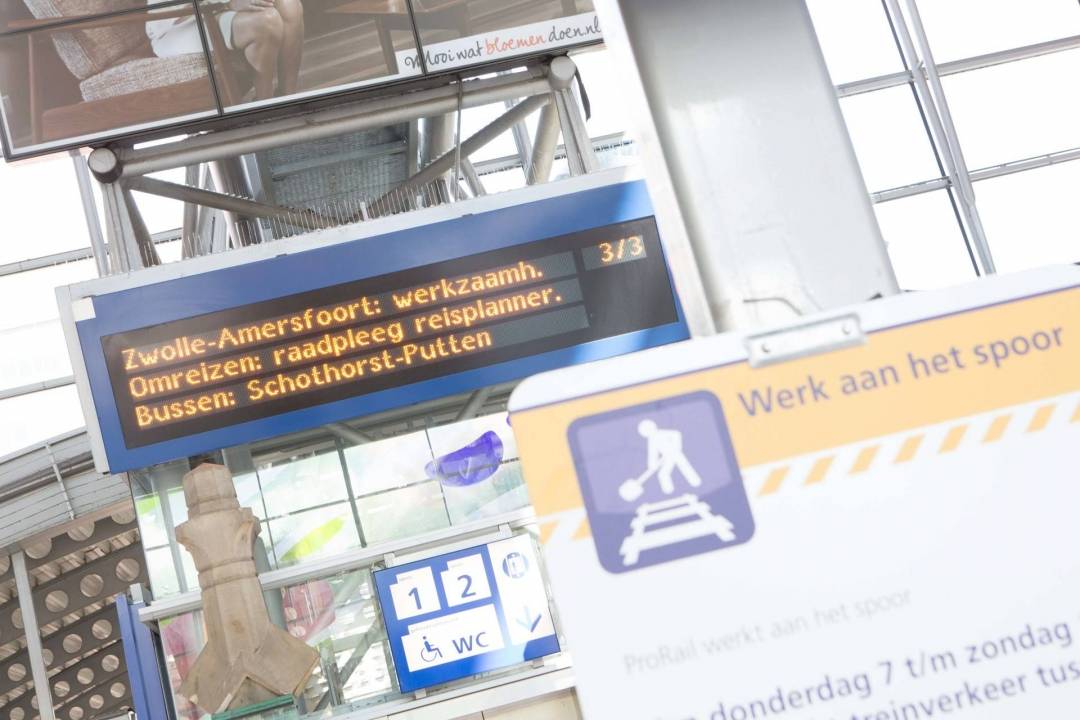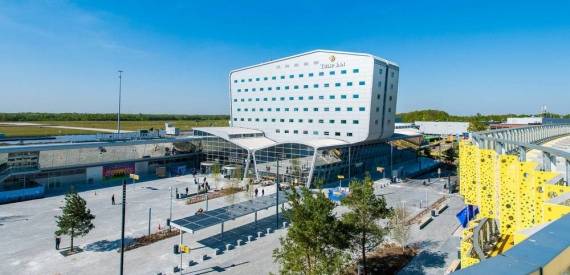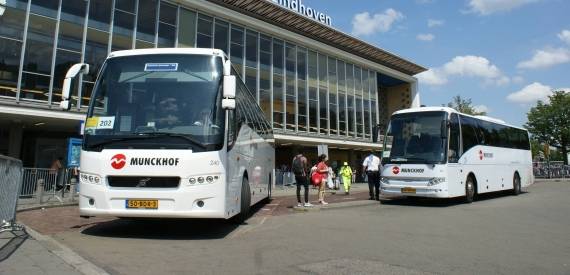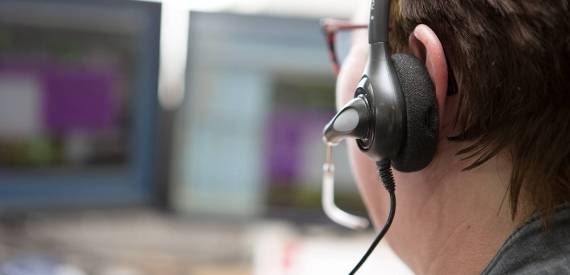What actually happens when you see the message ‘NS zet bussen in’ (NS is deploying buses)
Munckhof directs and provides alternative transportation in the eastern part of the Netherlands for principal passenger railway operator Nederlandse Spoorwegen (NS). As soon as alternative transportation is needed, NS sends a request to the Busregie bus transport department at Munckhof. This department was created especially for the NS and has agreements with many bus companies in the Netherlands. Depending on the situation, transportation is directly deployed or planned in.
Coaches, drivers, traffic marshals, and bus coordinators
Throughout the year there are regular planned works on the tracks. These works are planned by ProRail and NS. Munckhof is contracted at an early stage in this planning process to provide alternative transportation during these activities. Once a request has been received, agreements are first made with the municipalities located along the route, as this alternative transportation can affect the traffic situation at the train stations. Once this has been addressed, a timetable is made together with NS and the coaches and drivers are planned in. Traffic marshals and bus coordinators are also arranged. Finally, the Munckhof team prepares all traffic instructions and route signs for the driver. For planned works on the tracks, sometimes as many as 100 buses are used to transport passengers. This makes good cooperation with transport partners essential in directing alternative transport.
Working quickly to minimize delays
In addition to planned delays, there are often unexpected incidents on the track that require alternative transport to be used. In this case, coaches need to be deployed as quickly as possible. Once the request has been received, the direction at Munckhof gets to work to call up drivers and find available vehicles. In the case of unexpected incidents, the duration of the delay cannot be ascertained. It could be an hour, but in more serious cases it could even be one or more days. An extra challenge is added if the train involved in the incident needs to be evacuated, as the buses need to go to a specific location somewhere along the track. Being able to react swiftly and keeping constant contact between the Munckhof transport coordinator and the operational manager at NS is critical in these situations. It is also important to keep a constant overview of the location of the buses to keep travellers informed. This is why all buses have a GPS system that is read out by Munckhof.
When the announcement is made that the NS is deploying buses, an intricate and extensive logistics process is already well under way behind the scenes. This is a process that I am incredibly impressed by.
